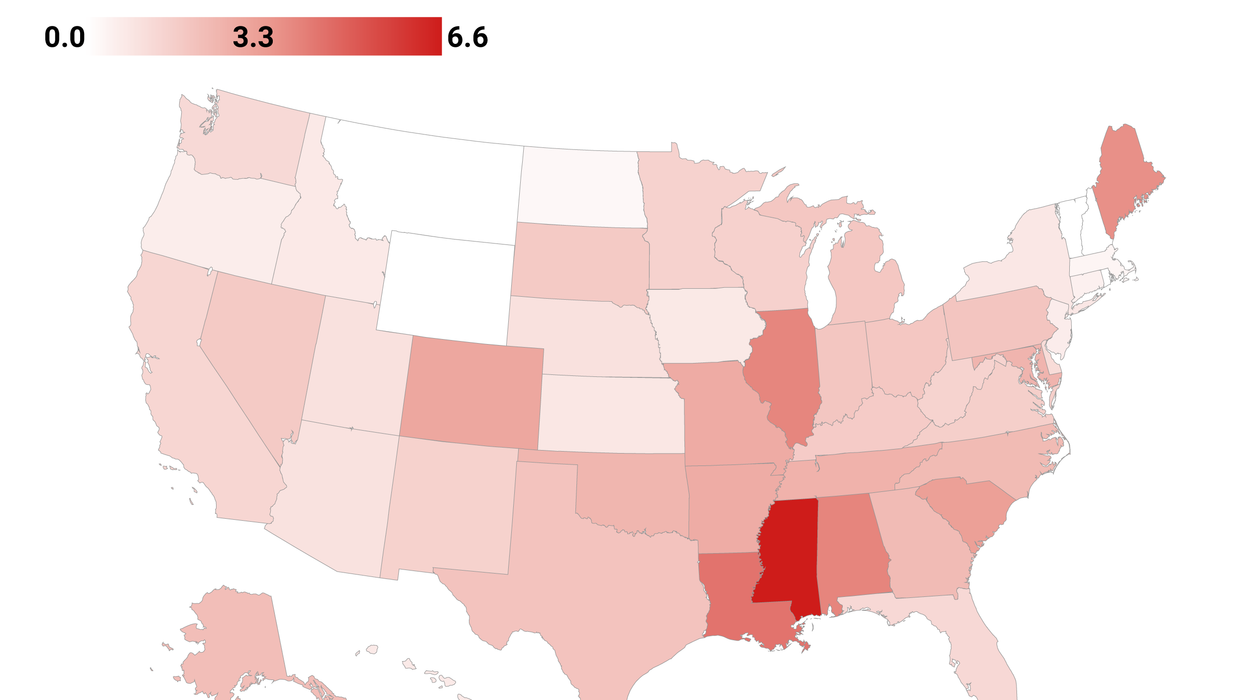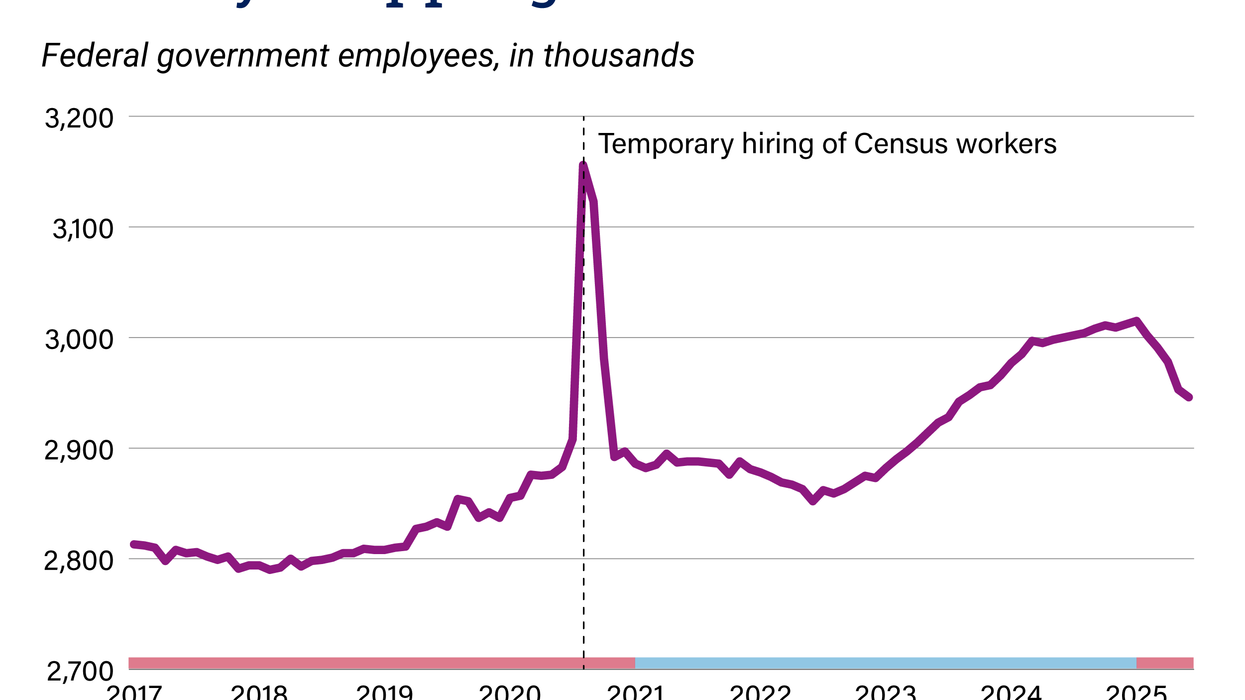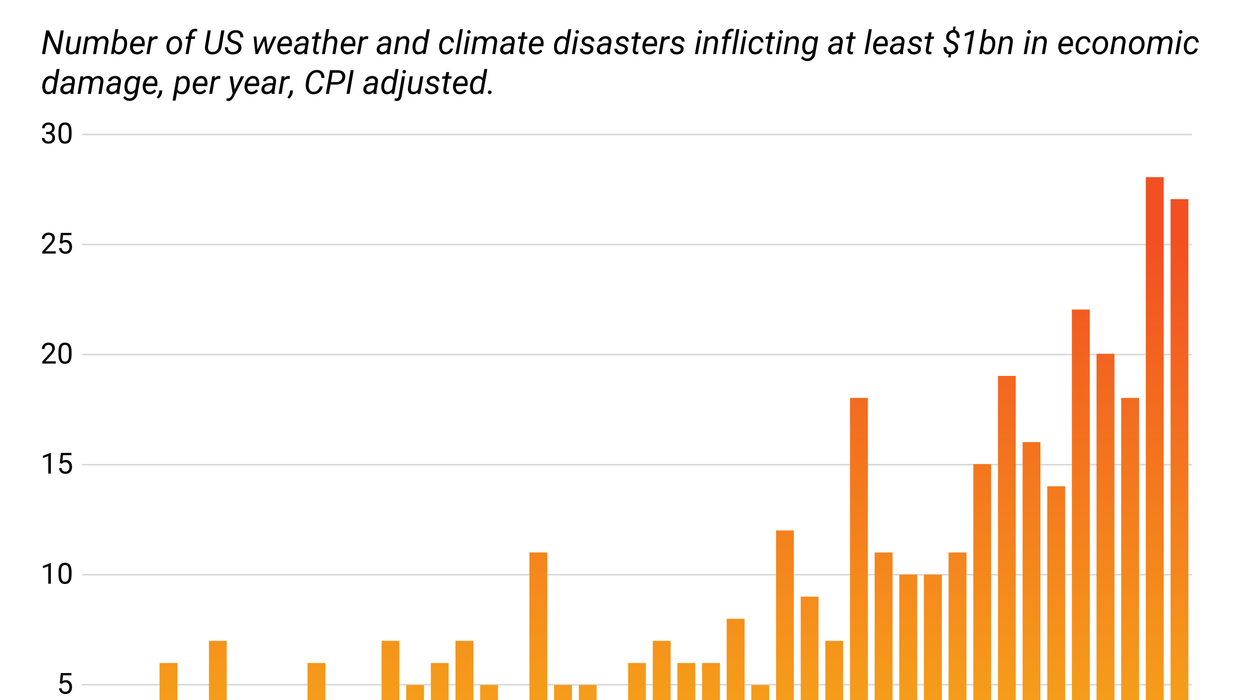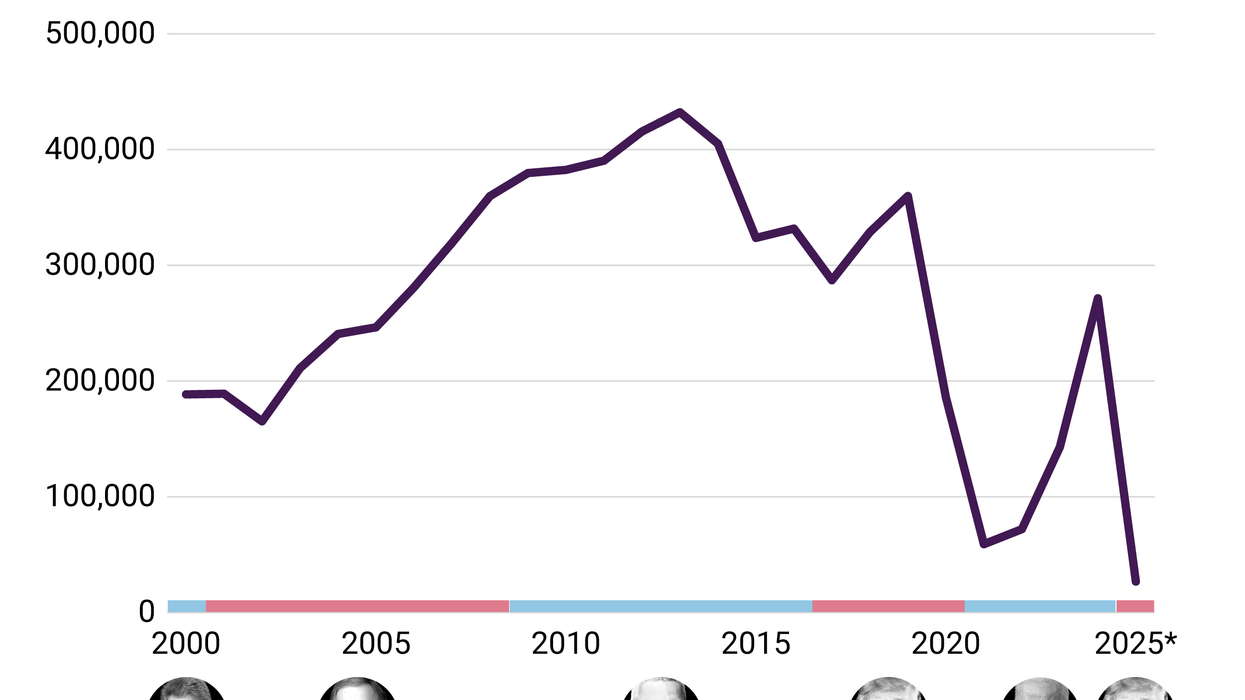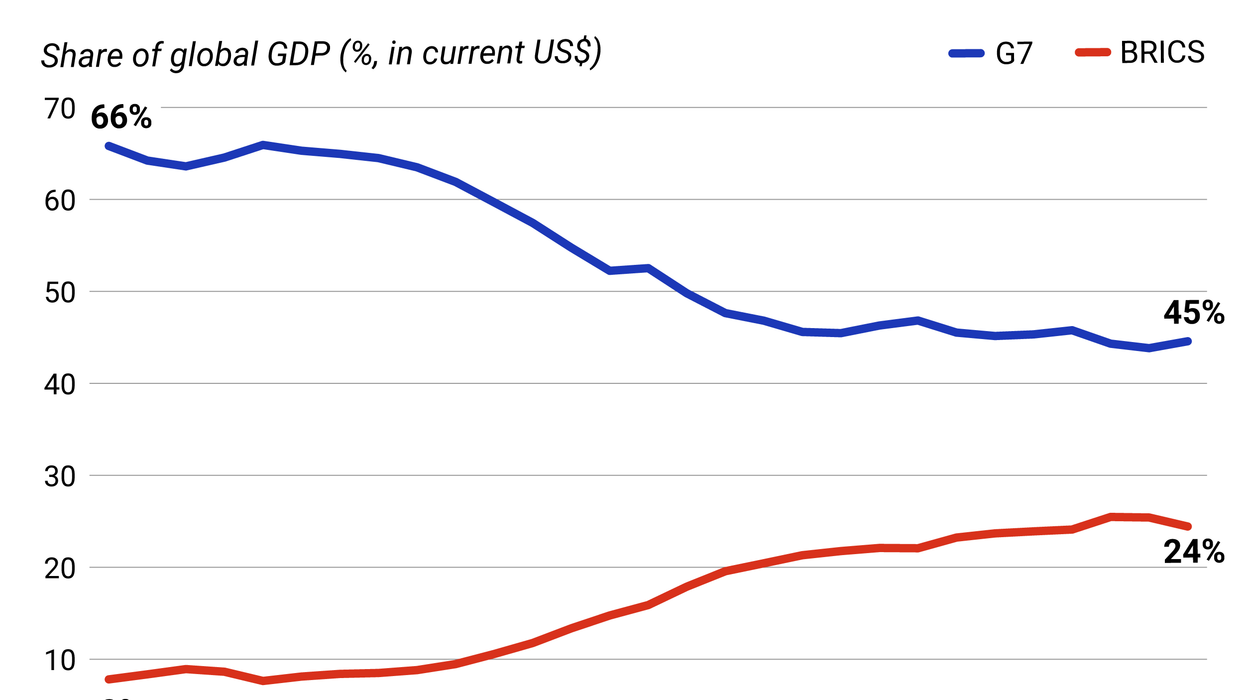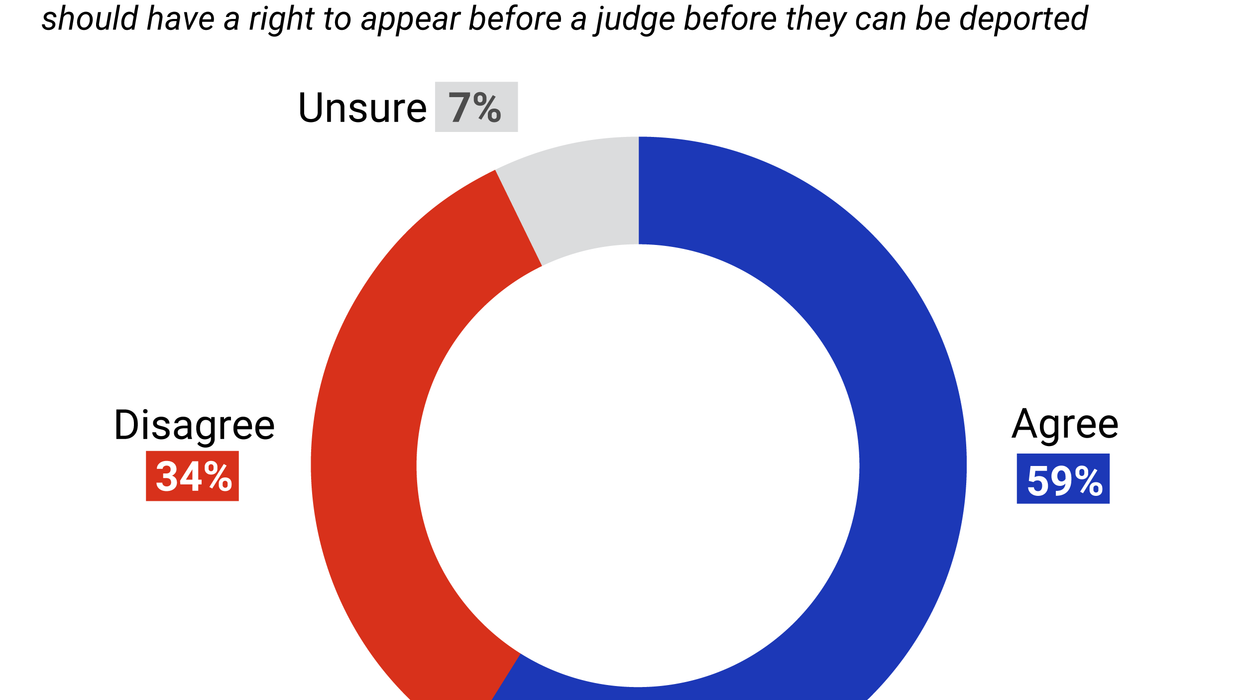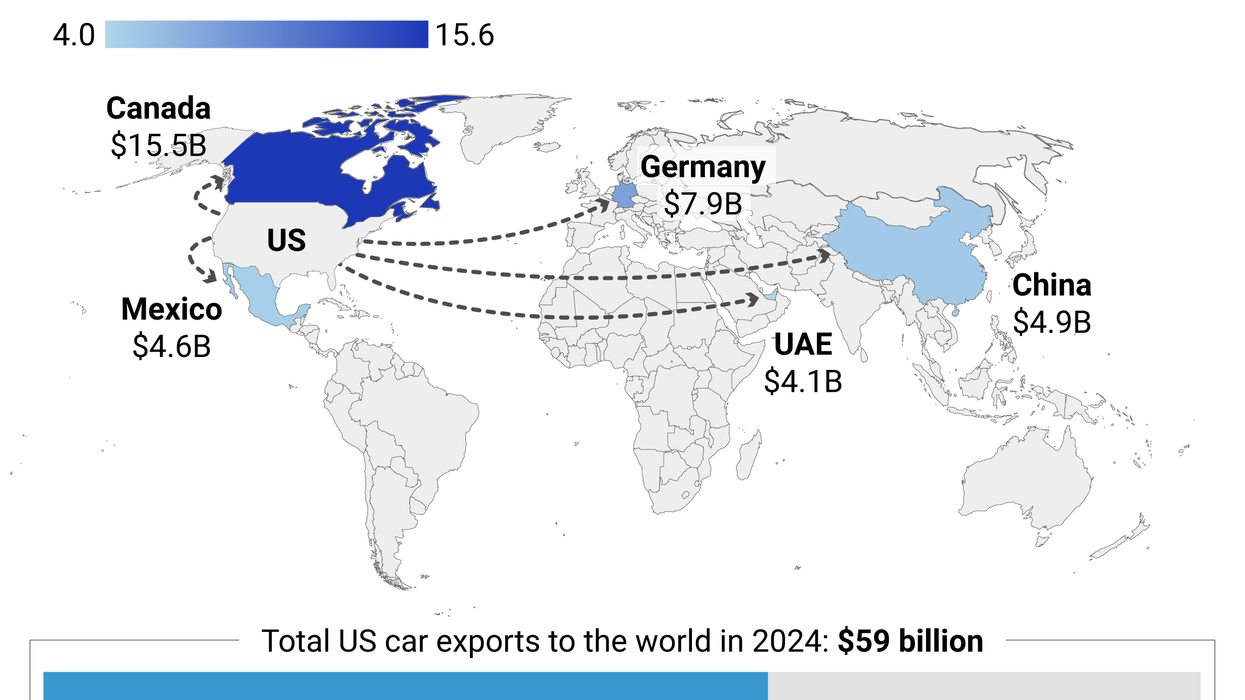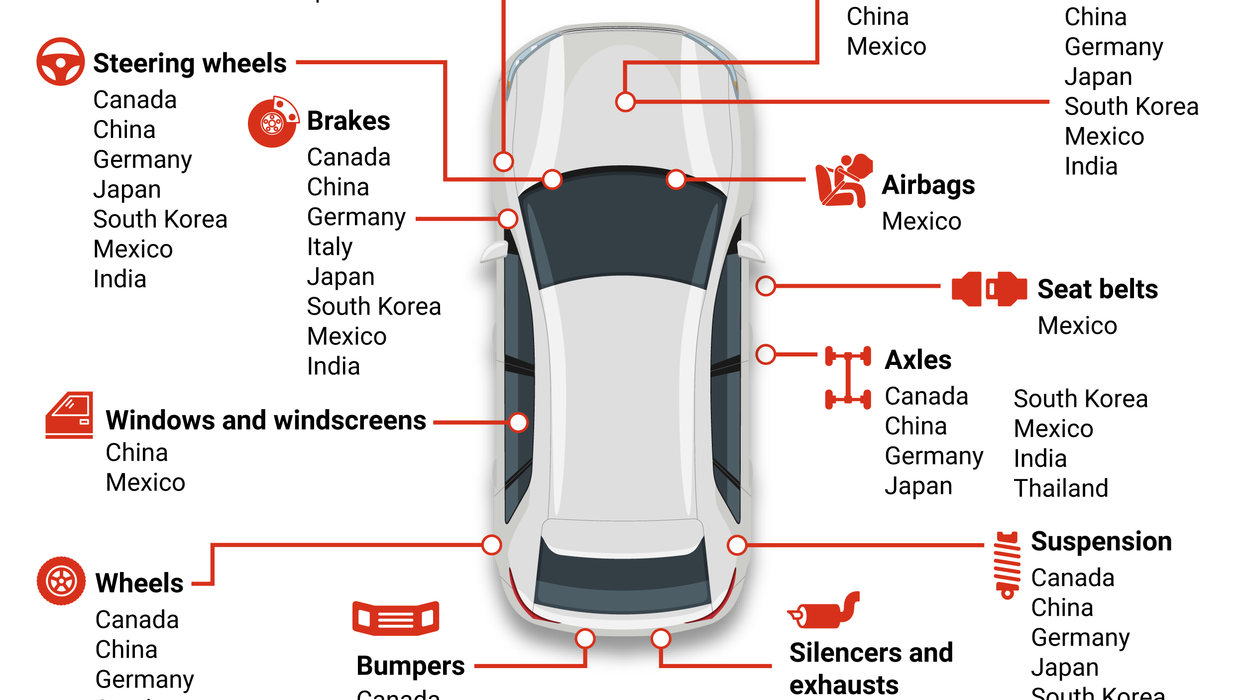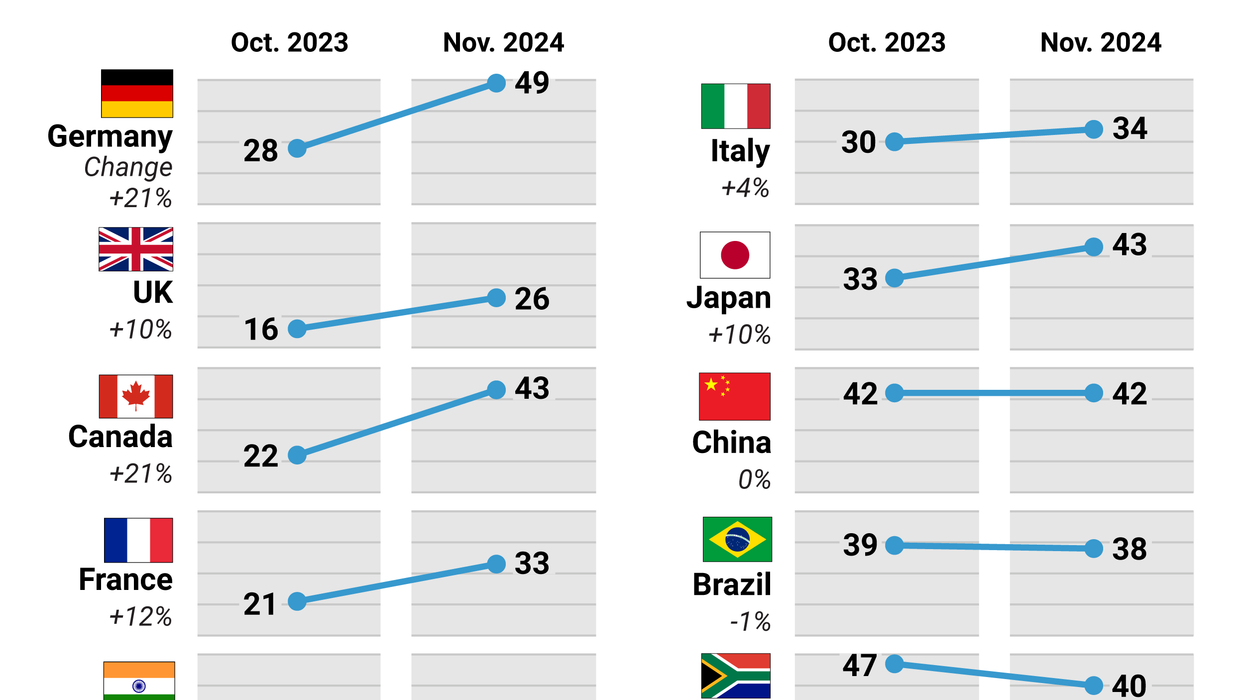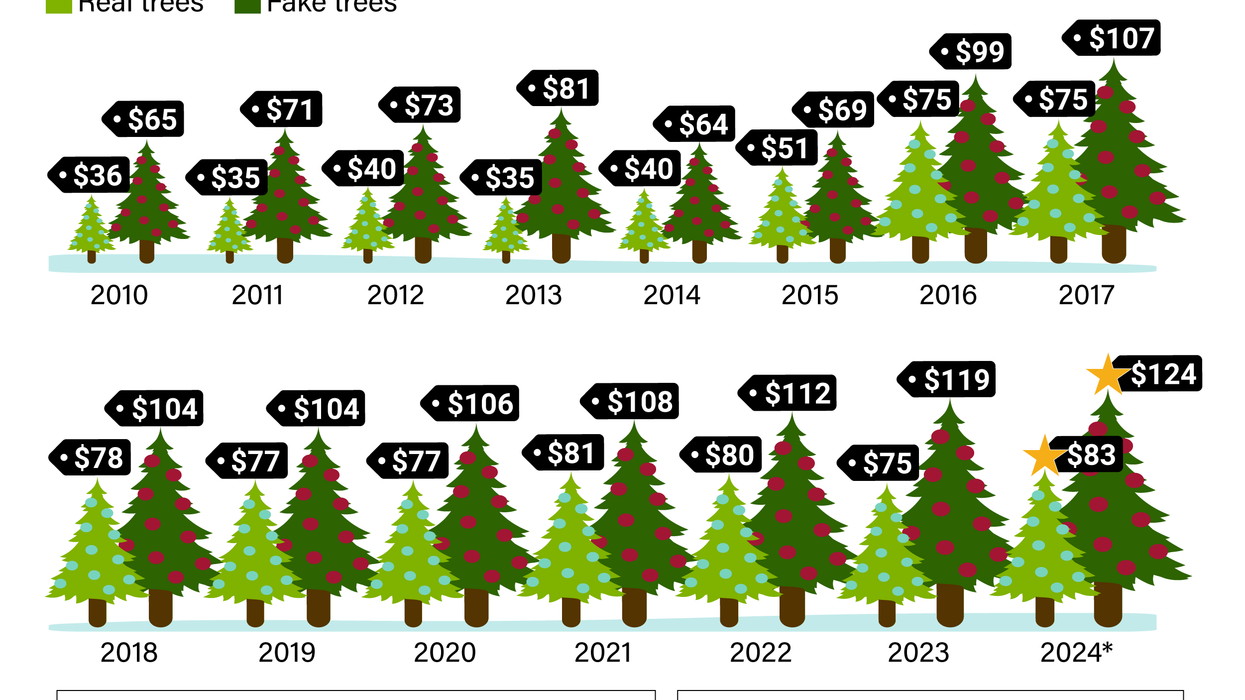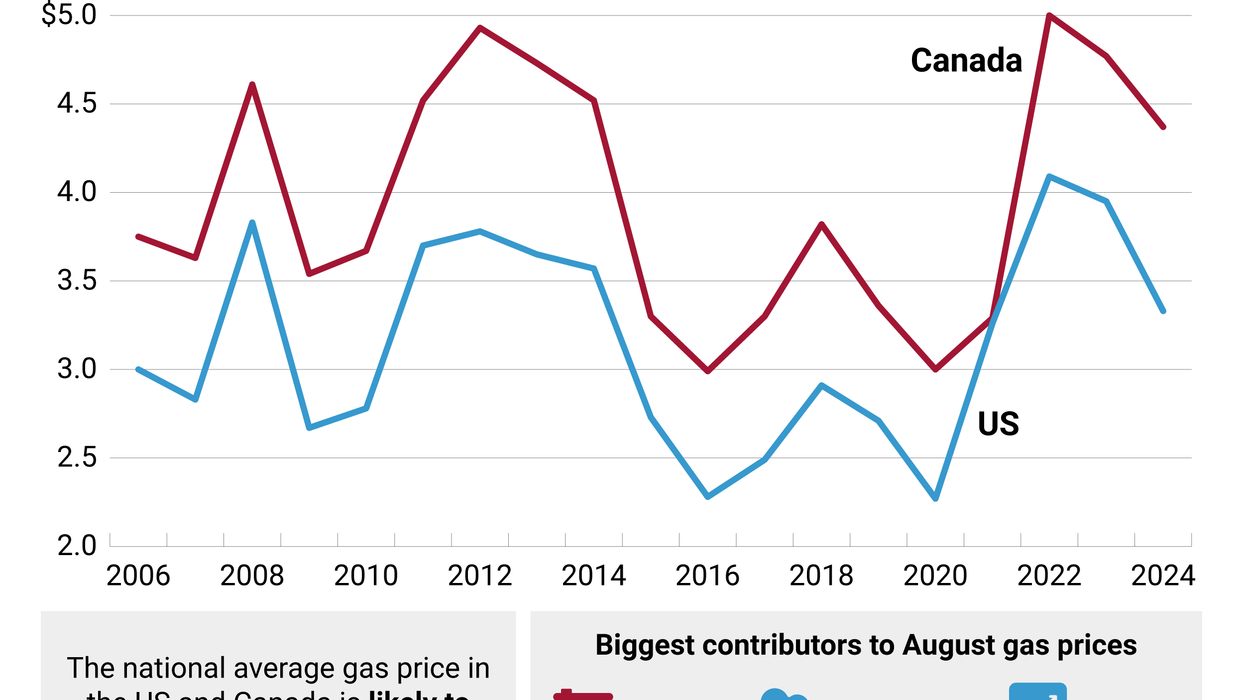VIDEOSGZERO World with Ian BremmerQuick TakePUPPET REGIMEIan ExplainsGZERO ReportsAsk IanGlobal Stage
Site Navigation
Search
Human content,
AI powered search.
Latest Stories
Start your day right!
Get latest updates and insights delivered to your inbox.
Paige Fusco
Graphic Design, Information Design
Paige Fusco is a graphic designer creating visualizations - data-driven and otherwise - for Eurasia Group and GZERO Media.
Education
Montclair State University
Contact:
Linkedin: https://www.linkedin.com/in/paige-fusco-764662160/
